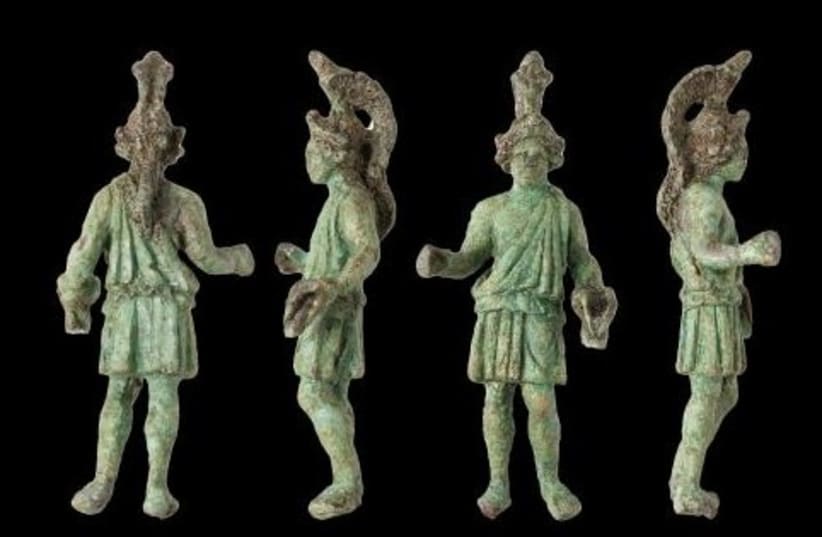Archaeologists in France believe they have uncovered a temple dedicated to the Roman god of war in the country's northwestern region.
The temple is believed to date back to the first century BCE and from uncovering the remains of a large sanctuary, the archaeologists involved in the excavation were able to learn more about the vast Roman complex that was spread over more than 17 acres of land. The complex was unearthed in 2022 at La Chapelle-des-Fougeretz in Brittany, and is believed to have served as a post for Roman soldiers at the time.
"The size of the sanctuary indicates it was an important place for religion," Françoise Labaune-Jean, a lead on the excavation project and and an archaeologist at the National Institute of Preventive Archaeological Research (INRAP), told the publication Live Science.
Archaeological treasure trove on the coast of France
La Chapelle-des-Fougeretz has gained recognition over the years for its many archaeological remains. Starting in the 1970s, archaeologists recognized the breadth of the site and just how much could be uncovered. The first excavations of the site began in the 1990s, and excavations continued decades later in 2022 once again.
The complex appeared religious in nature, according to excavators. After discovering statues of bronze of Mars, the Roman war god, along with weapons stashed in a ditch around the perimeter of the sanctuary. This suggested that soldiers used this site often.

Other terracotta figurines were found nearby.
The region itself was conquered by Julius Caesar and his army, referred to as “Armorica” by the Romans, in 56 B.C. It was unclear to archaeologists just why the site was abandoned, though they believe it was used until the collapse of the Western Roman Empire.
The temple complex was also said to contain at least 40 tombs filled with ancient silver and gold, as well as other currency. They were also found alongside jewelry, daggers, and even a harness for a horse.
